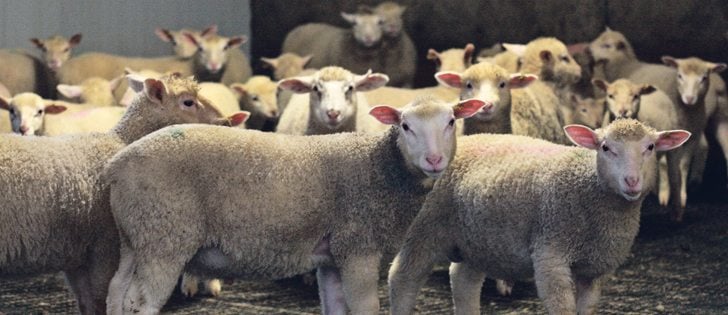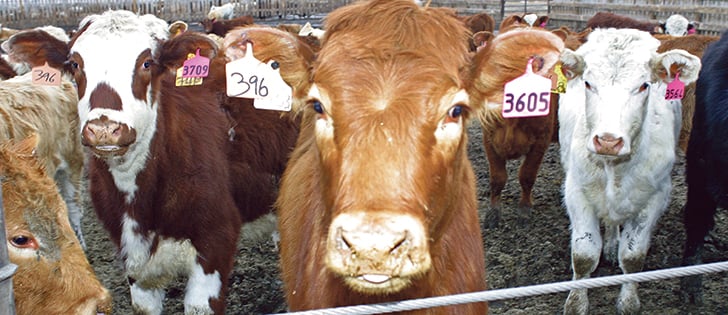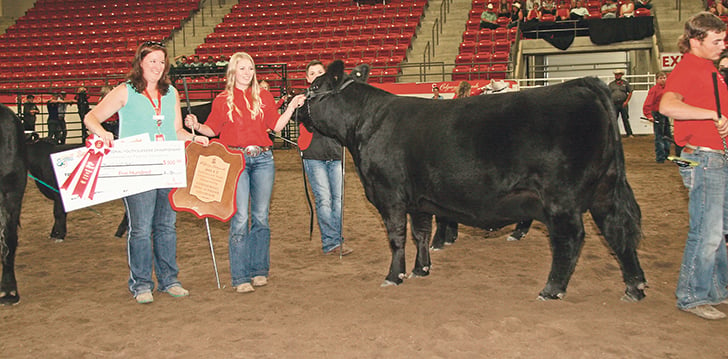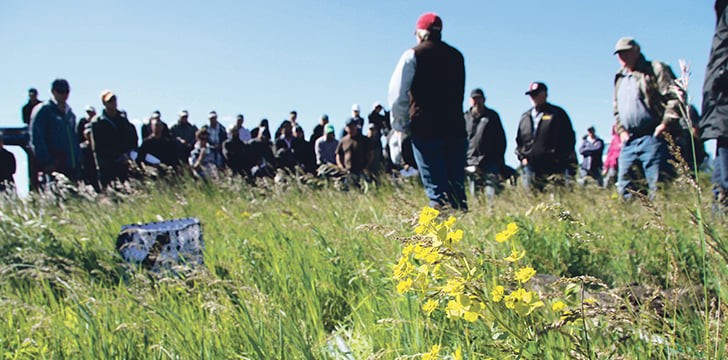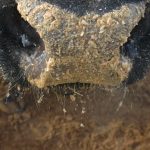KINSELLA, Alta. — More than 50 years after it was established, ground-breaking research continues at the Roy Berg Kinsella Ranch Research Station.
In the facility’s early days, Roy Berg proved the importance of crossbreeding in cattle, despite opposition.
Today, new feed efficiency research will prove just as important for the industry, said Barry Irving, manager of the Kinsella Ranch.
“It’s no different than in Roy’s day. It’s been a slow start,” said Irving.
For 10 years, researchers have measured the feed efficiency of cattle and have discovered the most efficient feedlot steer eats 20 percent less feed for the same amount of gain.
Read Also

Canada told trade crisis solutions in its hands
Canadians and Canadian exporters need to accept that the old rules of trade are over, and open access to the U.S. market may also be over, says the chief financial correspondent for CTV News.
“That is the new wave in beef research and will be the new wave in the industry,” said Irving, who ex-pects the research to take another 10 to 20 years before cattle producers adopt it.
With feed making up 60 percent of the cost of keeping an animal, a 20 percent improvement in feed efficiency is an important trait, he said.
“The numbers tell me that difference is there. We just have to find a way of predicting it and capturing it efficiently.”
Only the feedlot cattle are tested, but through more testing, researchers hope to find the most efficient cows and bulls.
“If a cow No. 403 consistently produces a calf for four years that consistently eats 10 percent less than its pen mates, that tells us cow No. 403 is a pretty efficient cow.”




